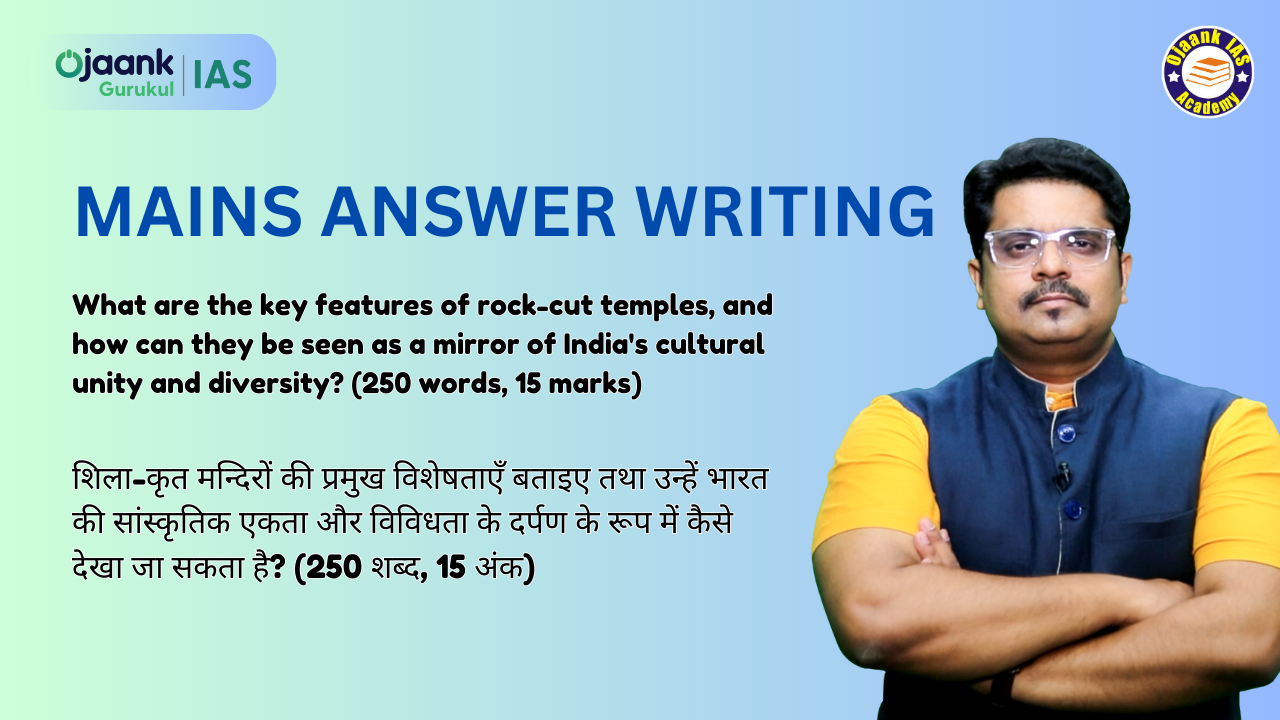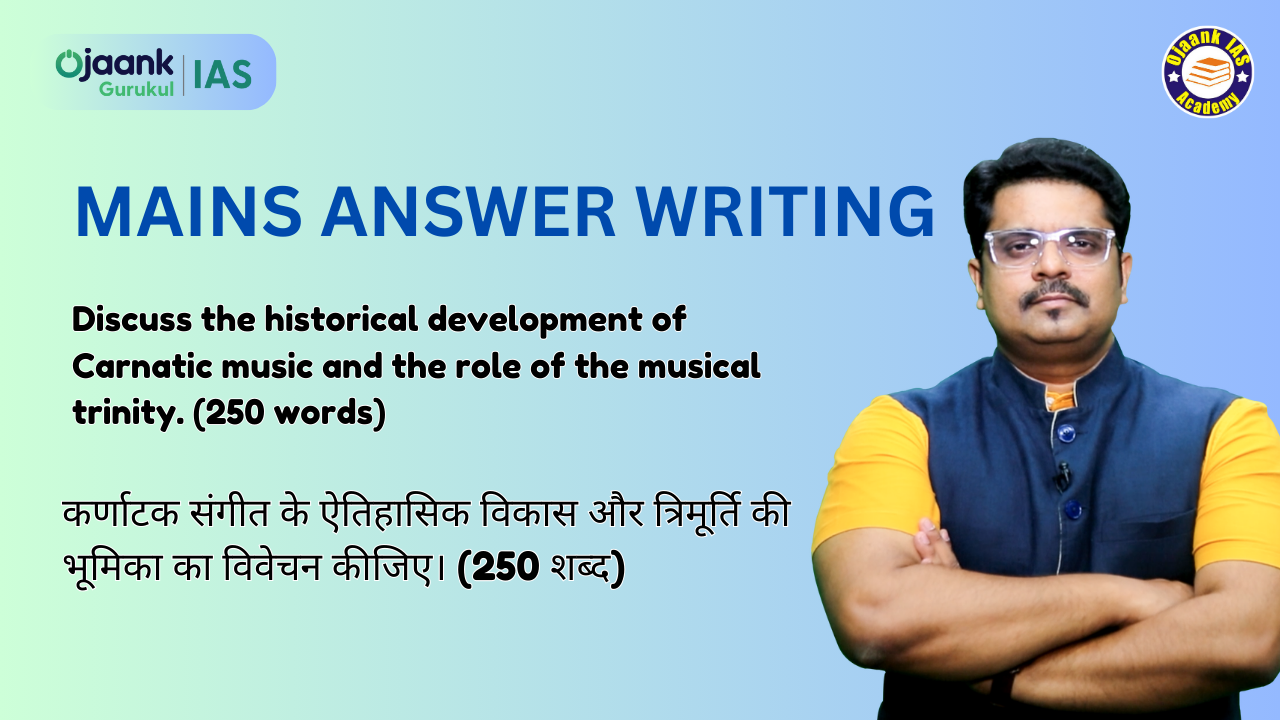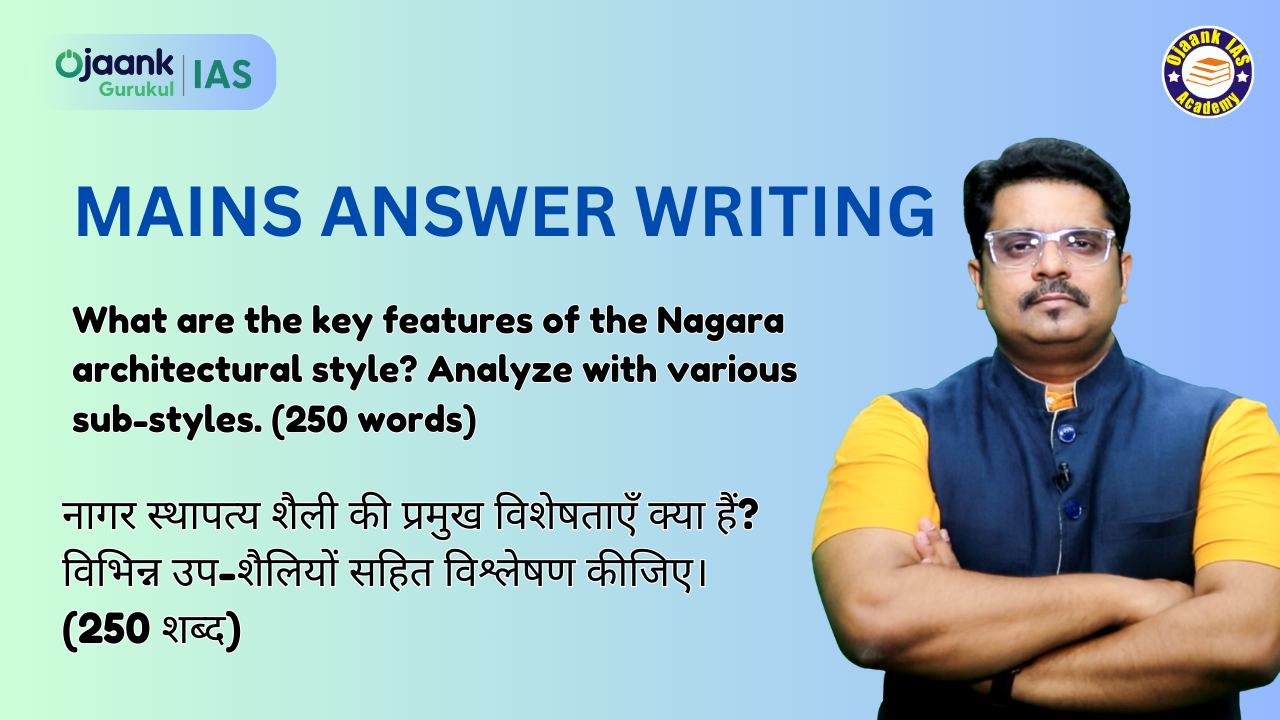What are the key features of rock-cut temples, and how can they be seen as a mirror of India's cultural unity and diversity? (250 words, 15 marks)

I. Key Features:
-
Temples carved from a single rock – a pinnacle of architectural technique.
-
Religious diversity – constructions related to Hinduism, Buddhism, and Jainism.
-
Extensive sculptures – depiction of deities, Jataka tales, and symbolic motifs.
-
Design of mandapas, garbhagrihas, and pillars – the entire structure of a temple is carved out.
II. Notable Examples and Regional Diversity:
-
Ajanta (Maharashtra) – Buddhist paintings and sculptures.
-
Ellora (Maharashtra) – Harmony of Hindu, Buddhist, and Jain temples.
-
Badami (Karnataka) – Unique example of Chalukyan architecture.
-
Mahabalipuram (Tamil Nadu) – Rath temples built by the Pallava rulers.
III. Reflection of Cultural Unity and Diversity:
-
Temples of different religions at a single site – evidence of India's religious tolerance.
-
Integration of regional styles and local art forms.
-
Demonstrates the tradition of cultural preservation by rulers.
IV. Conclusion:
Rock-cut temple architecture is a symbol of India’s cultural diversity, religious harmony, and technical expertise, embodying the spirit of "unity in diversity."
Read: The Artistic Legacy of India's Rock-Cut Temples
Copyright 2022 power by Ojaank Ias



-1745063980123.jpeg)


